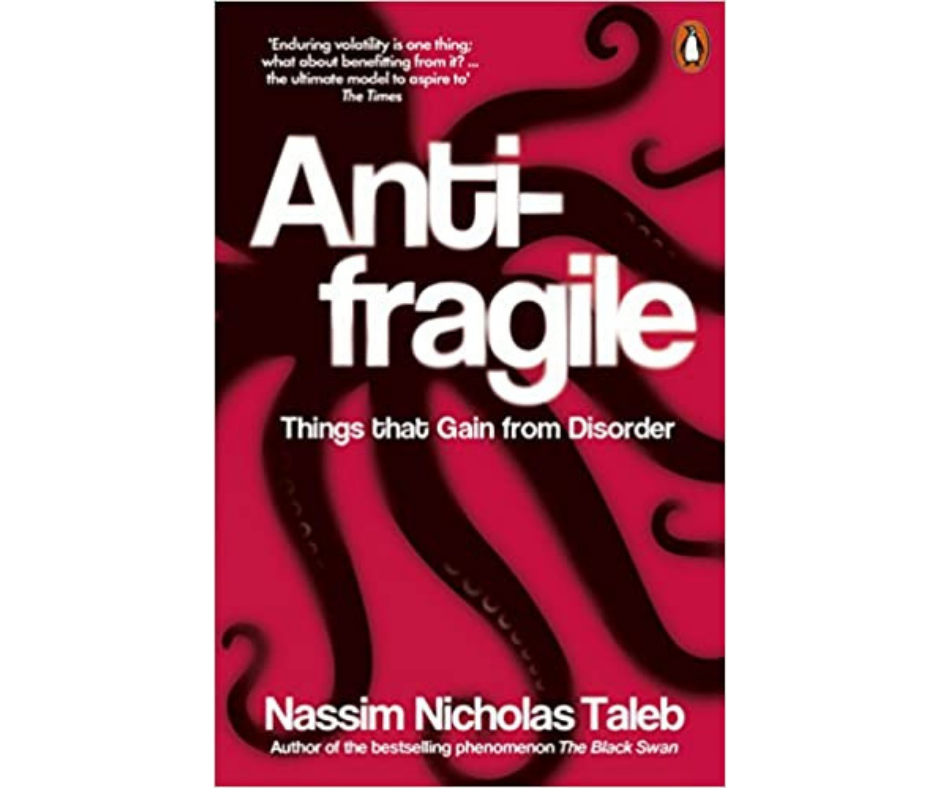Book Review: “Antifragile: Things That Gain from Disorder” by Nassim Nicholas Taleb
Overview
“Antifragile: Things That Gain from Disorder” is a thought-provoking work by Nassim Nicholas Taleb, the author of “The Black Swan.” Published in 2012, the book introduces the concept of ‘antifragility,’ a term Taleb coined to describe systems, entities, and methodologies that not only withstand chaos and uncertainty but also thrive and grow in such conditions.
Key Concepts and Themes
At the heart of “Antifragile” is the distinction between things that are fragile, robust, and antifragile. Fragile things break under stress, robust things resist it, but antifragile things benefit from it. Taleb argues that in order to navigate a world full of uncertainties and unpredictable events (which he famously termed “Black Swans” in his previous work), one must understand and cultivate antifragility.
The book delves into a wide range of disciplines, including economics, finance, philosophy, and biology, to illustrate how antifragility functions in different contexts. For instance, in the economic realm, Taleb criticizes the banking and financial systems for their fragility, advocating for a more decentralized approach that can adapt and grow from unpredictability.
Style and Structure
Taleb’s writing style is intellectual yet conversational, filled with anecdotes, personal stories, and a touch of humor. The book is not structured as a traditional academic text but rather flows as a series of interconnected essays or thoughts. This style can be engaging for some readers but might seem disjointed to those accustomed to more structured narratives.
Critical Reception
“Antifragile” has been praised for its original and insightful ideas. Taleb’s ability to challenge conventional wisdom and present a new framework for understanding risk and disorder is widely regarded as the book’s strength. However, some critics have found fault with Taleb’s sometimes abrasive writing style and his tendency to dismiss opposing viewpoints.
Conclusion
“Antifragile: Things That Gain from Disorder” is a significant contribution to our understanding of risk, uncertainty, and resilience. Taleb’s ideas encourage readers to rethink their approach to chaos, not just as something to be survived, but as an opportunity for growth and improvement. While the book’s unconventional structure and style might not appeal to everyone, its insights are undeniably impactful and relevant, especially in a world increasingly characterized by unpredictability.
Recommendation
This book is highly recommended for readers interested in economics, philosophy, and psychology, as well as for those looking to understand the dynamics of resilience in personal and professional life. It offers a fresh perspective that can be applied across various domains, from individual decision-making to systemic structural designs.














Post Comment